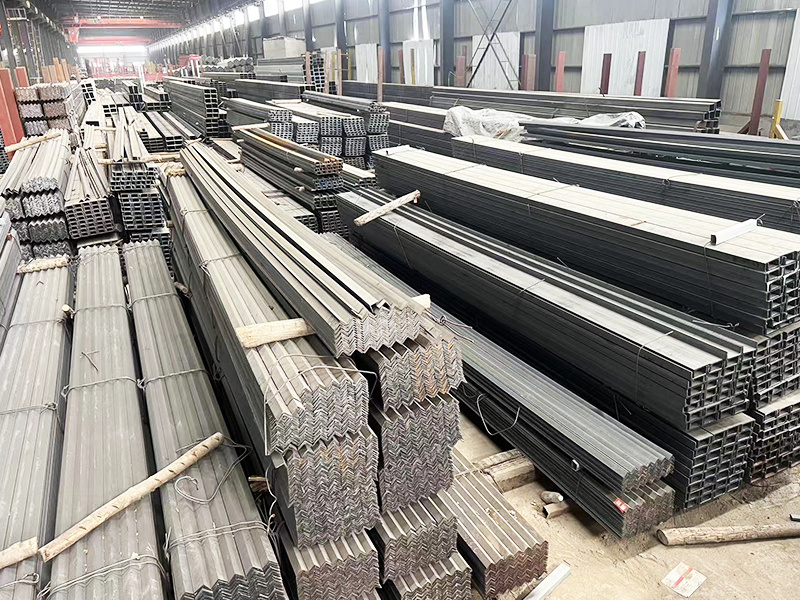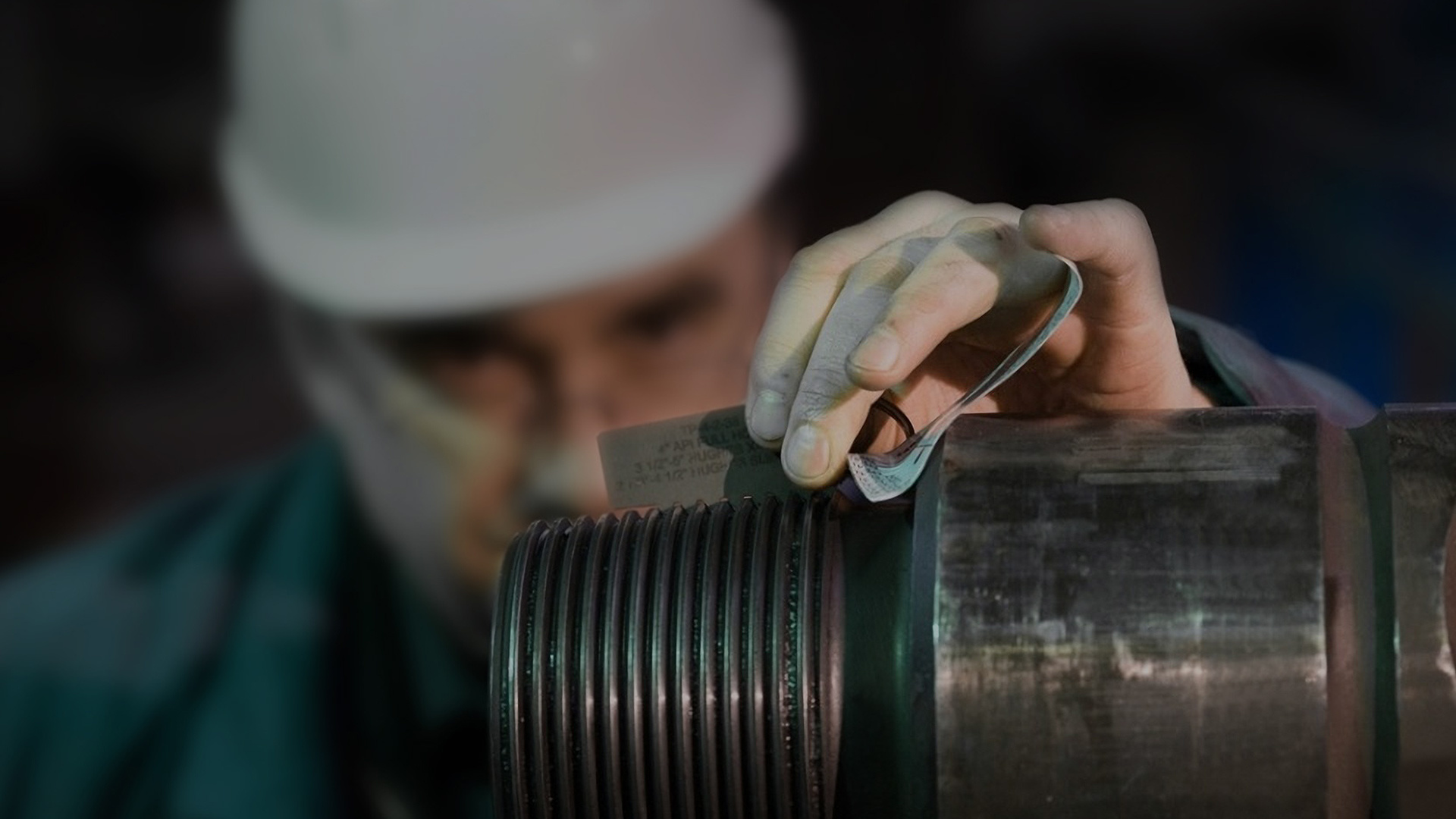Deliver value through cost-effective steel solutions
Innovative Uses for Galvanised Mild Steel Angle in Architecture
Jul 10,2025
Innovative Uses for Galvanised Mild Steel Angle in Architecture Table of Contents Introduction to Galvanised Mild Steel Angle What is Galvanised Mild Steel? Key Properties of Galvanised Mild Steel Angle Architectural Applications of Galvanised Mild Steel Angle Structural Support Systems Aesthetic Design Elements Innovative Outdoor Struc

Innovative Uses for Galvanised Mild Steel Angle in Architecture
Table of Contents
- Introduction to Galvanised Mild Steel Angle
- What is Galvanised Mild Steel?
- Key Properties of Galvanised Mild Steel Angle
- Architectural Applications of Galvanised Mild Steel Angle
- Benefits of Using Galvanised Mild Steel Angle
- Environmental Impact and Sustainability
- Future Trends in Architectural Design with Galvanised Mild Steel
- FAQs About Galvanised Mild Steel Angle
- Conclusion
Introduction to Galvanised Mild Steel Angle
Galvanised mild steel angle has emerged as a versatile material in contemporary architecture, owing to its unique combination of strength, corrosion resistance, and adaptability. As architects and builders continuously seek innovative materials that enhance structural integrity while allowing for creative freedom, galvanised mild steel angle stands out as an ideal choice. This article explores the multifaceted applications and benefits of this material, illustrating its critical role in modern architectural practices.
What is Galvanised Mild Steel?
Galvanised mild steel is plain steel that has undergone a galvanisation process, wherein it is coated with a layer of zinc to protect it from corrosion. This process not only enhances the steel's durability but also extends its lifespan, making it suitable for various environmental conditions. The resulting galvanised mild steel angle takes the form of an L-shaped section, which is widely used in construction and manufacturing due to its structural advantages.
Key Properties of Galvanised Mild Steel Angle
Understanding the properties of galvanised mild steel angle is crucial for its effective application in architecture. Here are some of its key characteristics:
1. Corrosion Resistance
The zinc coating on galvanised mild steel provides outstanding protection against rust and degradation, making it ideal for outdoor structures and environments prone to moisture.
2. High Strength-to-Weight Ratio
Galvanised mild steel angle offers exceptional strength without being overly heavy, allowing for efficient design and construction. This property is particularly beneficial in structural applications where weight reduction is crucial.
3. Versatility
The L-shape of the galvanised angle section allows for various applications in construction, from framing to bracing, enabling architects to implement innovative designs.
4. Cost-Effectiveness
Compared to other materials, galvanised mild steel angle is relatively affordable, making it a popular choice for large-scale projects without compromising quality.
Architectural Applications of Galvanised Mild Steel Angle
The versatility of galvanised mild steel angle opens the door to numerous architectural applications. Here are some notable uses:
Structural Support Systems
One of the primary uses of galvanised mild steel angle is in structural support systems. Its strength makes it an excellent choice for beams, columns, and trusses, providing the necessary stability to buildings. Architects can design intricate frameworks that are both safe and aesthetically pleasing. For instance, in high-rise buildings, galvanised mild steel angles can create robust skeletal structures while allowing for large open spaces within the architecture.
Aesthetic Design Elements
In addition to structural purposes, galvanised mild steel angle can serve as a striking design element. Architects are increasingly using these angles to create visually appealing features such as railings, canopies, and decorative screens. The metallic sheen of galvanised steel adds a contemporary touch to various architectural styles, including industrial, modern, and minimalist designs. For example, the use of exposed galvanised angles in interior design can create an edgy, urban atmosphere.
Innovative Outdoor Structures
Galvanised mild steel angle is particularly advantageous for outdoor installations. It can be used in the construction of pergolas, sun shades, and outdoor furniture, all designed to withstand harsh weather conditions without succumbing to corrosion. This durability makes it an ideal material for landscape architecture, where long-lasting structures are essential. Furthermore, the adaptability of galvanised angles allows for creative outdoor solutions, such as unique seating arrangements in public parks.
Benefits of Using Galvanised Mild Steel Angle
The advantages of galvanised mild steel angle extend beyond its structural and aesthetic applications. Here are some of the key benefits:
1. Durability and Longevity
The protective zinc coating significantly enhances the lifespan of galvanised mild steel angles. They are resistant to wear and tear, making them an ideal choice for both indoor and outdoor applications.
2. Low Maintenance Requirements
Structures made from galvanised mild steel angle require minimal maintenance compared to other materials. Regular inspections and occasional cleaning are typically sufficient to maintain their appearance and structural integrity.
3. Environmentally Friendly
Galvanised mild steel is recyclable, contributing to sustainable construction practices. When structures reach the end of their life cycle, they can be repurposed or recycled, reducing waste and promoting environmental responsibility.
4. Quick Installation
The lightweight nature of galvanised mild steel angle allows for easier handling and faster installation. This efficiency can translate to reduced labor costs and shorter project timelines.
Environmental Impact and Sustainability
As environmental concerns grow, the construction industry is increasingly focusing on sustainable materials and practices. Galvanised mild steel angle aligns perfectly with this trend due to its recyclability and long lifespan. By choosing this material, architects and builders can significantly reduce their carbon footprint while still achieving high-quality results. The galvanisation process itself is also relatively low-impact compared to other treatments, further supporting sustainable construction efforts.
Future Trends in Architectural Design with Galvanised Mild Steel
Looking ahead, the use of galvanised mild steel angle in architecture is poised for growth. With advancements in technology and design software, architects can explore more complex forms and structures using this material. Innovations in galvanisation techniques may also lead to enhanced coatings that improve durability and aesthetics even further. As sustainability continues to be a driving force in construction, the versatility and eco-friendliness of galvanised mild steel angle will likely solidify its position as a go-to material in future architectural projects.
FAQs About Galvanised Mild Steel Angle
1. How long does galvanised mild steel last?
The lifespan of galvanised mild steel can vary depending on environmental conditions, but it can last over 50 years with proper care.
2. Is galvanised mild steel suitable for coastal environments?
Yes, galvanised mild steel is suitable for coastal environments due to its corrosion resistance, although regular maintenance is recommended.
3. Can galvanised mild steel angle be painted?
Yes, galvanised mild steel can be painted, but it is essential to use appropriate primers and paints designed for metal surfaces.
4. What are the weight limits for galvanised mild steel angles?
The weight limits depend on the dimensions and thickness of the angle. Consulting with a structural engineer is recommended for specific applications.
5. Are there any health concerns associated with galvanised mild steel?
While galvanised mild steel is safe to use, it is advisable to avoid inhaling fumes during welding or cutting processes. Proper safety precautions should be taken.
Conclusion
In conclusion, galvanised mild steel angle presents a wealth of innovative applications and benefits in the field of architecture. Its combination of strength, durability, and aesthetic appeal makes it an invaluable material for modern construction. As we move towards more sustainable building practices, the role of galvanised mild steel will continue to expand, enabling architects to create remarkable structures that meet the demands of both form and function. Embracing this versatile material not only enhances the architectural landscape but also contributes to a more sustainable future in construction.
Releated News
Contact Info.
E-mail:
info@zthtsteel.com
Phone:
+86-18500313801
Whatsapp:
8618526720427
Fax:
+862268569909
Mailing Address:
Room 903, Block B, Haitai Xinxi Square, Hua Yuan Industrial Area,Tianjin,China. Zip code: 300384







